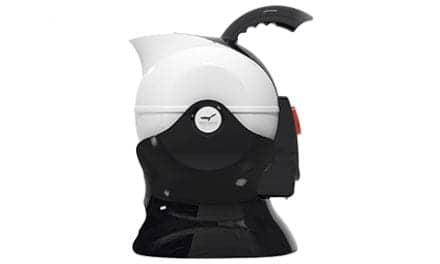While many consider living at home to be the best option for themselves or their loved one amid the pandemic, there are still obstacles that aging adults may face such as potential fall risks or fire hazards. According to research conducted for Home Instead Senior Care, 65% of seniors’ homes have at least one potential safety issue, as reported by their adult children. Many of these can be avoided with minor adjustments, like installing adequate lighting or removing long electrical cords obstructing walkways, Home Instead Senior Care notes in a media release.
“Caregivers can work with older adults to identify and eliminate potential risks that they may not even understand exist. These improvements can range from a quick fix to a small renovation, but investing the time to make these updates can help everyone feel more confident in living at home longer.”
— Lakelyn Hogan, PhD, gerontologist and caregiver advocate at Home Instead
In the release, Hogan encourages older adults and their families to be mindful of potential hazards and create a plan to help ensure home remains a safer place to be.
Ensuring Safety, Room By Room
If unsure where to start, consider the following spaces, beginning with the most frequently used rooms, Hogan explains:
- The bedroom. It’s important that beds are at a safe level for older adults to avoid fall risks. Bed height is too low if a loved one’s knees are above their hips when sitting on the bed. Consider placing bed risers under the bed legs to add height. Conversely, a bed’s level is too high if older adults’ legs are not touching the floor while they sit on the edge of the bed. You can remove the bed frame or use a lower profile mattress to lower the bed’s height.
- The bathroom. Adding grab bars near showers, bathtubs and toilets is a simple way to prevent falls and other accidents. Browse online or at a medical supply store for various options to reduce any accessibility risks. Installing a toilet seat riser can also aid in getting on and off the commode easier.
- The living room. Regulating body temperature can be more difficult for aging adults. Ensure open spaces are properly heated during colder temperatures and check thermostats throughout the home. Have a caregiver or professional install lock-in switches on thermostats to control the temperature and help prevent furnace fires. Additional solutions include heat-control window film, thermal curtains or solar shades.
- The kitchen. It’s important that the kitchen has proper lighting, especially when older adults are cooking or baking. Light bulb wattage should be increased to allowable levels. Many options exist for under-counter lighting, such as battery-operated pucks. An electrician can help with questions about under-counter or overhead lighting. Creating easy access to frequently used items is also vital to avoid heavy lifting or the use of step stools. Consider storing heavy items on the counter or hanging pots and pans on the wall.
- The dining room. After a few years, it’s important to check that furniture is still sturdy and safe. Check to see if chairs have wobbly arms or legs and are the proper height for older loved ones at the table. If repairs are needed, locate a furniture repair service representative, or consider upgrading to a new set.
- The basement. Regularly traveling up and down stairs, especially if steep, can introduce dangerous fall risks. To avoid this, consider reducing the need to visit the basement so often by moving laundry, storage or other important items to the main floor.
By prioritizing safety and being proactive about making these adjustments, older adults will be able to remain independent and protected at home long into the future, Home Instead concludes.
For more information and tips to help improve a home’s safety for seniors, visit Home Instead Senior Care.
[Source(s): Home Instead Senior Care, PRWeb]
Related Content:
Home Modifications for Fall Prevention
For Boomers Reframing Aging, Age-Proofing A Home Won’t Come Cheap





